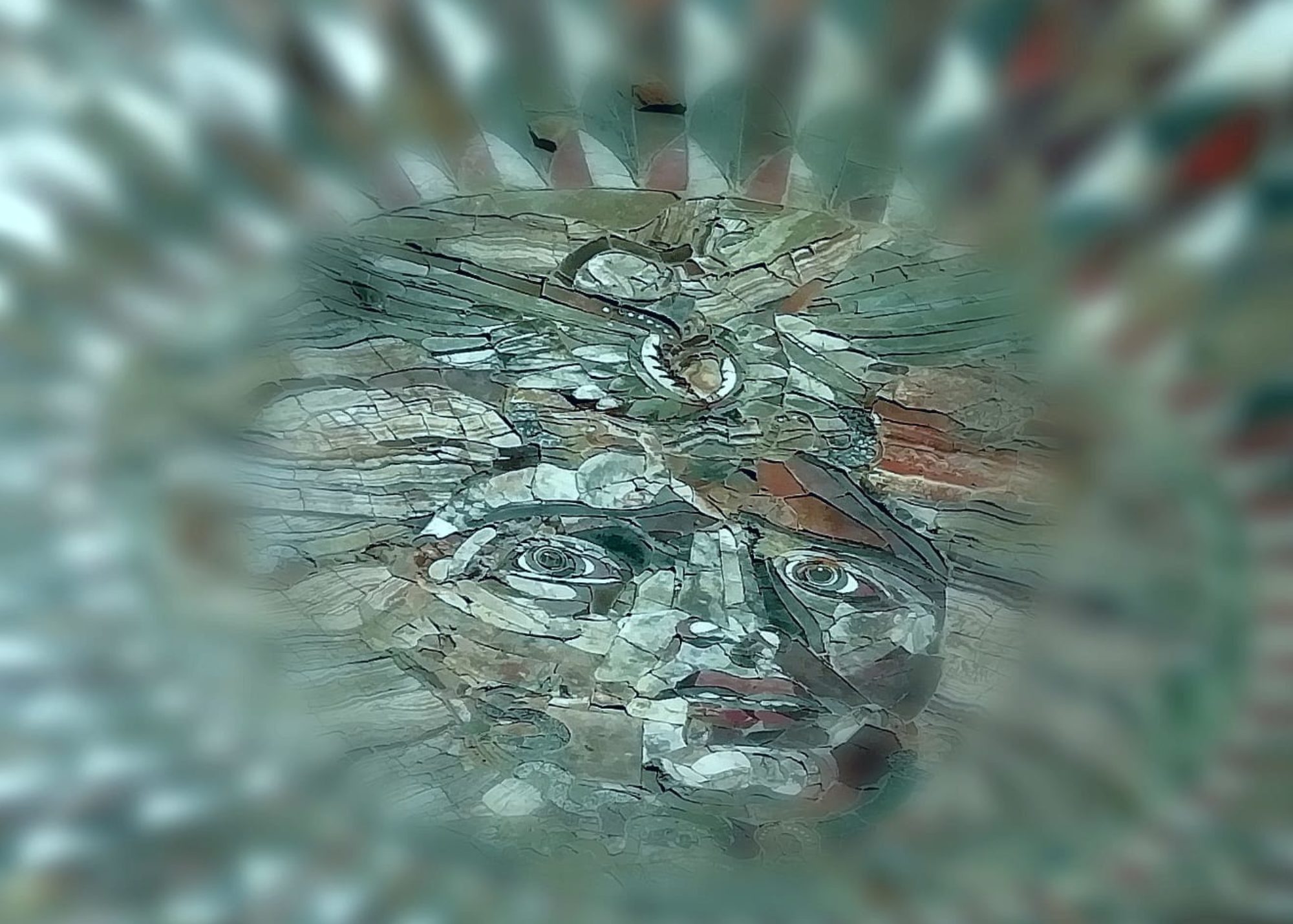The bar’s wooden floor is adorned with the distinctive and colourful rugs of Anatolia. Along with kilms, there are divans on which to relax and sini (round copper plates) from which to eat and drink. Family portraits, jazz posters and musical instruments hang on the walls and are signs of the owner’s passions. The inside of the bar with its wooden beams gives the visitor the sense of a typical Anatolian interior. It offers a warm Turkish welcome to all visitors.
The bar has many private and secluded areas where people can relax on sofas or the bamboo chairs and enjoy each others company. This ambiance combined with the diverse range of music from Pamir’s music collection means the Medusa Bar very quickly becomes an addiction. A window to the world is opened: feelings, ideas and cultures are shared. And it’s here that the foundations of lasting friendships are formed. Eating, drinking, singing and dancing are all part of the Medusa experience. Locals and visitors can meet and share the Anatolian hospitality. Socially and economically the bar is an important resource to the village.
Pamir Yilmaz opened the Medusa Bar back in 1989 at a time when he recognized historical and natural richness of the area and also the importance of the protection of that heritage. For Pamir it was to be more than just a commercial venture and over the years it’s become a meeting place for those who share these values. The Medusa Bar, at the heart of the village, will continue to be a valuable hub for information, hospitality and fun.

